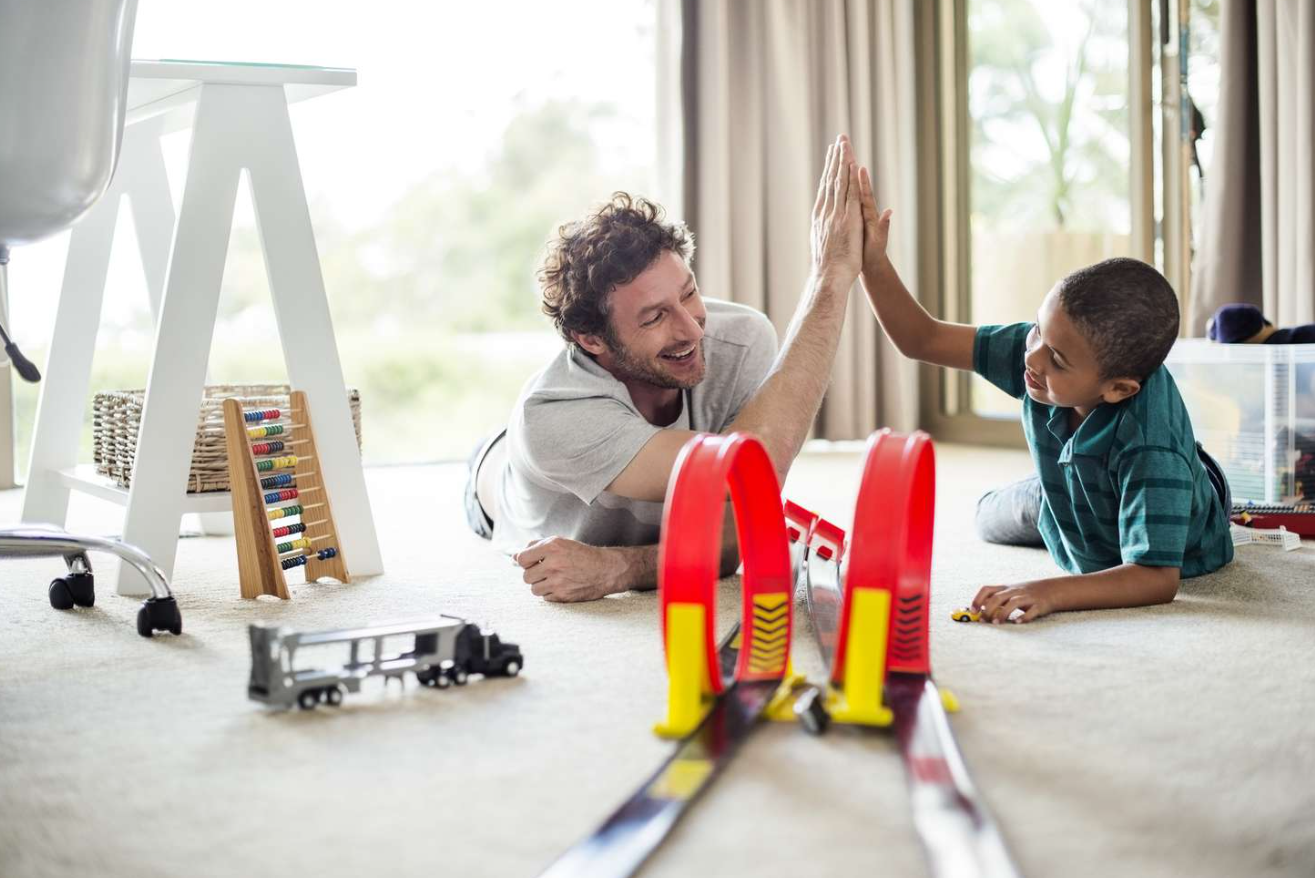In the journey of guiding children toward success, fostering positive behavior and healthy habits lays a solid foundation. Positive discipline techniques are pivotal in shaping children’s behavior, allowing them to flourish emotionally, socially, and academically. Here, we’ll explore effective strategies that promote positive discipline, nurturing an environment conducive to growth and success.
Understanding Positive Discipline
Positive discipline is not just about correcting misbehavior; it’s a proactive approach aimed at teaching, guiding, and encouraging children towards making positive choices. It focuses on empathy, understanding, and mutual respect between caregivers and children.
1. Encouraging Positive Reinforcement
Praising and acknowledging good behavior reinforces positive habits. Acknowledging their efforts, whether it’s completing a task or showing kindness, encourages children to continue these behaviors.
2. Setting Clear Expectations and Boundaries
Establishing clear and consistent rules helps children understand what is expected of them. Explain the reasons behind these guidelines, fostering their understanding and cooperation.
3. Redirecting Behavior
When faced with challenging behaviors, redirecting attention or offering alternative choices can be effective. Instead of solely emphasizing what not to do, redirect towards positive actions or choices.
4. Practicing Empathetic Listening
Encourage open communication and active listening. Validate their emotions and perspectives, showing empathy even when addressing misbehavior. This helps in building trust and understanding.
5. Using Time-In Rather Than Time-Out
Time-outs can isolate children and might not effectively address the root cause of their behavior. Consider using “time-ins,” where the child stays with you, fostering a chance to talk and understand the situation together.
6. Consistency is Key
Consistency reinforces learning. Apply discipline techniques consistently, across different environments and situations, to help children internalize expected behaviors.
Benefits of Positive Discipline
The implementation of positive discipline techniques yields numerous benefits. Children raised in such environments tend to develop stronger self-esteem, better problem-solving skills, and improved social interactions. They become resilient individuals equipped with valuable life skills.
Conclusion
In the journey of shaping children for success, positive discipline techniques are invaluable tools. By fostering an environment rooted in empathy, understanding, and guidance, caregivers can effectively nurture children towards becoming well-rounded, successful individuals. Embracing these techniques not only shapes behavior positively but also fosters a lifelong love for learning and growth.

